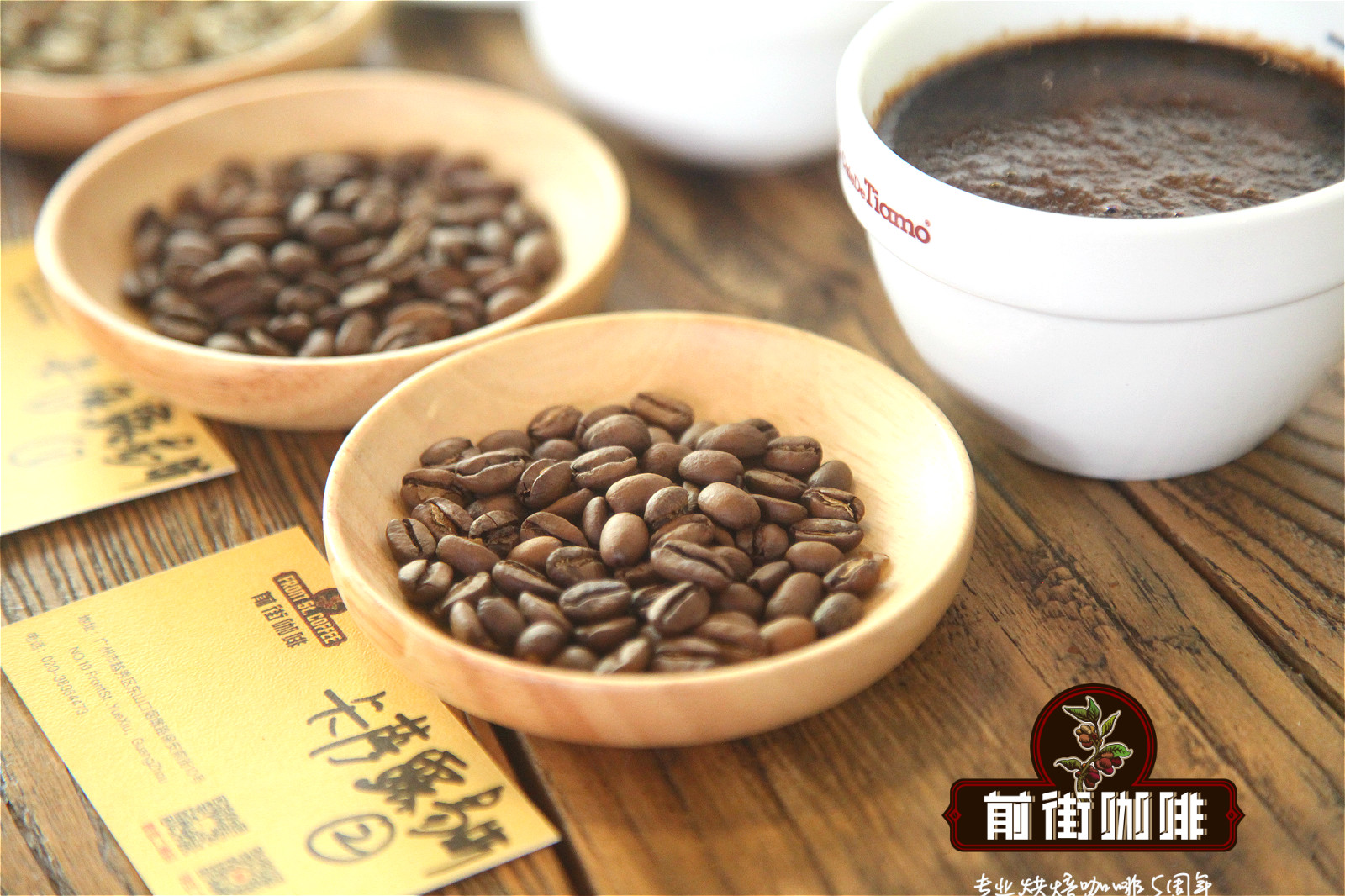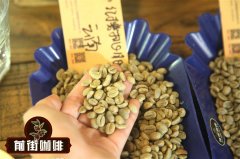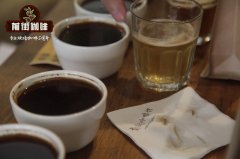SNNPR District of Ethiopia | Williambutt special washing wild species, green roses in Rosa Village Garden

Professional coffee knowledge exchange more coffee bean information please follow the coffee workshop (Wechat official account cafe_style)
SNNPR District of Ethiopia | what is the flavor of Williambutt special washing wild species and green roses in Rosa Village Garden?
Country Ethiopia (Ethiopia)
Production area SNNPR Region
Bankimaji (Bench Maji Zone)
Gori Gesha Forest
Manor Geisha Rose Summer Village Manor (Gesha Village Coffee Estate)
Adam Overton, the landowner.
Rachel Samuel
1900-2100 meters above sea level
Varieties Gori Gesha Forest, Gesha,1931, Illubabor Forest 1974
The annual rainfall is about 1500-2000 mm
Treatment William Bout washing (Maceration Washed)
The landowner, Adam Overton, is an out-and-out American who works as a documentary director, while his wife, Rachel Samuel, is an Ethiopian and a photographer. The two were commissioned to shoot a documentary about coffee in Ethiopia in 2007. with the filming process and more and more in-depth contact with Ethiopian land and people, their dream of building their own estate sprouted. All this has made a breakthrough after the two men foresaw William Bout, even the site selection of the manor, the selection and treatment of varieties, etc., all have a lot to do with William Bout. So far, William Bout still leads a delegation to visit every year and will stay at the manor for the post-processing of the coffee. 2016 is only the second harvest season of Rose Summer Village Manor.
❖ Gori Gesha Forest Green Tip Washed HQ/G1-10
Green-top Gori Geisha / Rosa Forest Wild species [Water washing treatment batch No. 10]
The wild geisha species from Gori Gesha Forest Green Top were used, and William Bout made several trips to the southwest of Ethiopia in search of geisha / rose summer roots, thinking that he was closest to the well-known native species of Panamanian geisha. William Bout commissioned Dr. Sarada Krishnan of the Denver Botanical Garden to compare the two breeds and concluded that there must be a high degree of genetic similarity.
Gori Geisha / Rosa Forest Wild species Wash treatment has just scored 95 points in Coffee Review.
❖ Gori Gesha Forest Green Tip Maceration Washed Willem Boot WM1
Green-topped Gori Geisha / Rosa Forest Wild species [William Bout Special washing batch]
The same wild geisha species from Gori Gesha Forest Green Top are used, but the treatment is slightly different. This batch is a very small batch, using the deformable washing method used by William Bout at his own Panama mule estate (Finca La Mula)-Maceration Washed. Unlike the traditional washing method, the harvested cherries are not immediately peeled, but are left overnight, and then peeled. Maceration Washed is inspired by the treatment of red wine, or it can be translated as fermentation with skin. This batch is the experimental batch that William Bout personally handled at the Rose Village Manor in early 2016, and it is also the first batch, and the quantity is very limited. Compared with the washing price of mule manor, it is invincible to the people.
❖ Gori Gesha Forest Green Tip Natural NHQ G1-8
Green top Gori geisha / Rosa forest wild species [Lot 8]
The wild geisha species from the green top of Gori Gesha Forest were used, but the sun treatment was used. Slightly different from the general Ethiopian traditional method of tanning, under the professional advice of William Bout, the sun treatment of the Rosa Village Manor adopts the Panamanian method of tanning, and even the materials of the elevated sun scaffolding are shipped from Panama.
❖ Ethiopia Geisha Village Coffee Estate Late Harvest Geisha1931 Natural NHQ
Late maturing geisha / Rosa [1931 varieties solarization method 912 batches]
The origin of all the famous legends, legend 1931 geisha / rose summer seed! Also planted in the manor of Rosa Village, it matures more than a month later than other geisha / roses. Magic beans with complex and indescribable flavor.
Qianjie recommended cooking:
Filter cup: Hario V60
Water temperature: 90 degrees
Degree of grinding: small Fuji 3.5
Cooking methods: the ratio of water to powder is 1:15, 15g powder, the first injection of 25g water, 25 s steaming, the second injection to 120g water cut off, waiting for the powder bed water to half and then water injection, slow water injection until 225g water, extraction time about 2:00
Analysis: using three-stage brewing to clarify the flavor of the front, middle and back of the coffee. Because V60 has many ribs and the drainage speed is fast, it can prolong the extraction time when the water is cut off.
Important Notice :
前街咖啡 FrontStreet Coffee has moved to new addredd:
FrontStreet Coffee Address: 315,Donghua East Road,GuangZhou
Tel:020 38364473
- Prev

Ethiopia Sidamo / Rainforest Alliance Mormora Moira Plantation Water washing Bean Red Cherry Project
Professional coffee knowledge exchange more coffee bean information please follow the coffee workshop (Wechat official account cafe_style) Ethiopia Sidamo | Rainforest Alliance Mormora Moira Plantation Water washing beans Red Cherry Project G1 flavor? Ethiopia is the country where coffee was first discovered, and it is still the most important producer and the best country in terms of coffee quality and output.
- Next

AA Nyeri District of Kenya | Gikanda FCS Kangguqi Kangocho Farm SL28, SL 34
Professional coffee knowledge exchange more coffee bean information please follow the coffee workshop (Wechat official account cafe_style) Kenya AA Nyeri District | Gikanda FCS Kangguqi Kangocho Farm SL28, SL 34 flavor? Kenya is a model country for producing fine coffee beans. Coffee was introduced from Britain in 1900, and only the traditional Arabica did not have coffee trees until 1950.
Related
- Detailed explanation of Jadeite planting Land in Panamanian Jadeite Manor introduction to the grading system of Jadeite competitive bidding, Red bid, Green bid and Rose Summer
- Story of Coffee planting in Brenka region of Costa Rica Stonehenge Manor anaerobic heavy honey treatment of flavor mouth
- What's on the barrel of Blue Mountain Coffee beans?
- Can American coffee also pull flowers? How to use hot American style to pull out a good-looking pattern?
- Can you make a cold extract with coffee beans? What is the right proportion for cold-extracted coffee formula?
- Indonesian PWN Gold Mandrine Coffee Origin Features Flavor How to Chong? Mandolin coffee is American.
- A brief introduction to the flavor characteristics of Brazilian yellow bourbon coffee beans
- What is the effect of different water quality on the flavor of cold-extracted coffee? What kind of water is best for brewing coffee?
- Why do you think of Rose Summer whenever you mention Panamanian coffee?
- Introduction to the characteristics of authentic blue mountain coffee bean producing areas? What is the CIB Coffee Authority in Jamaica?

